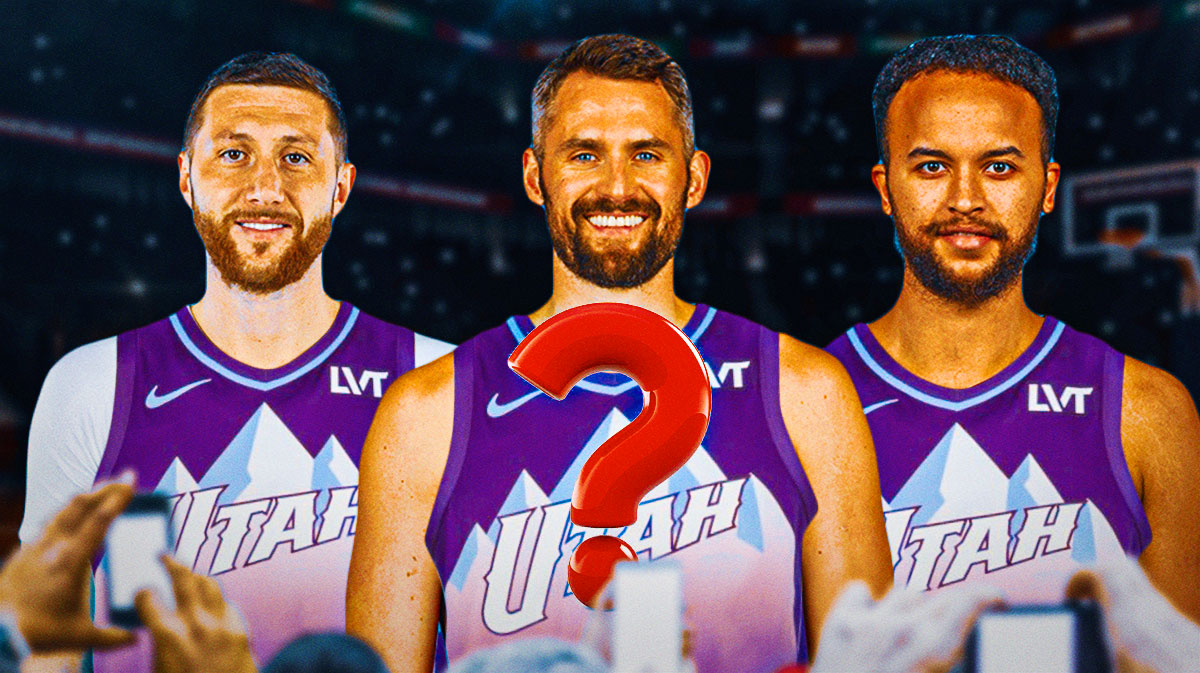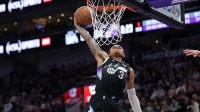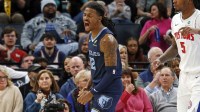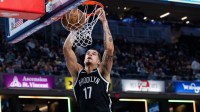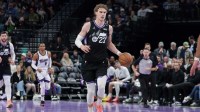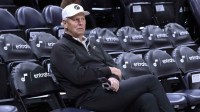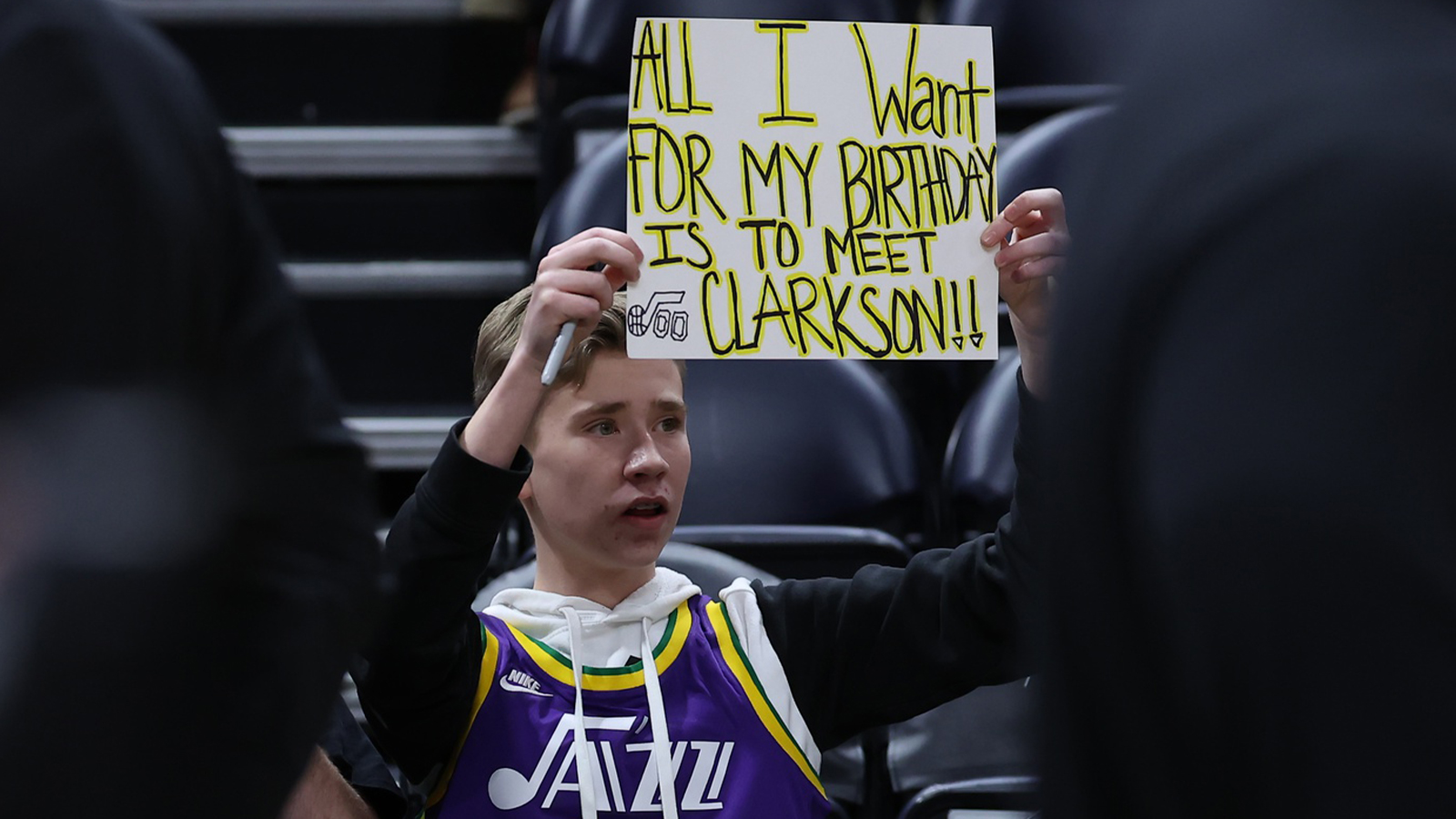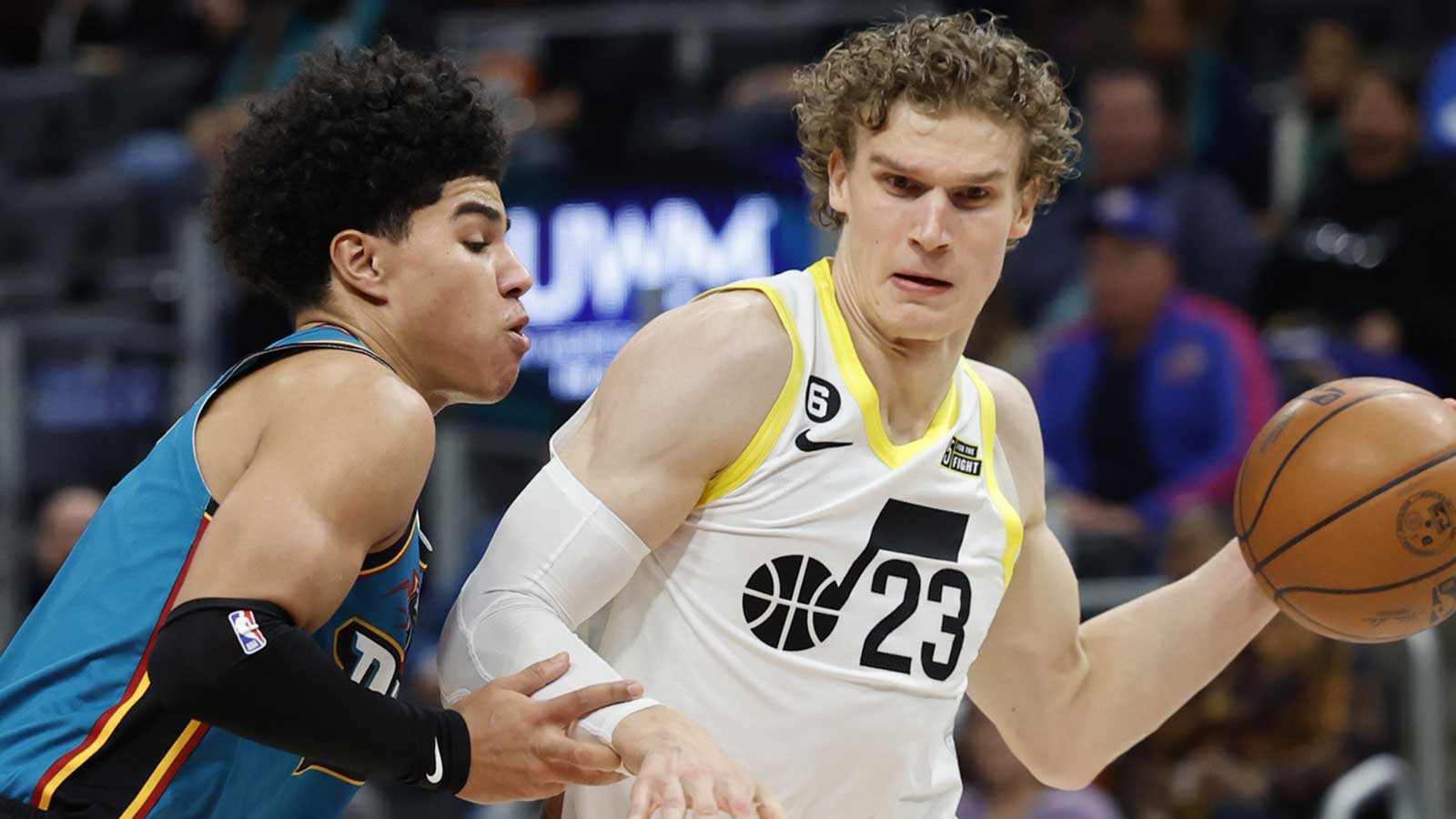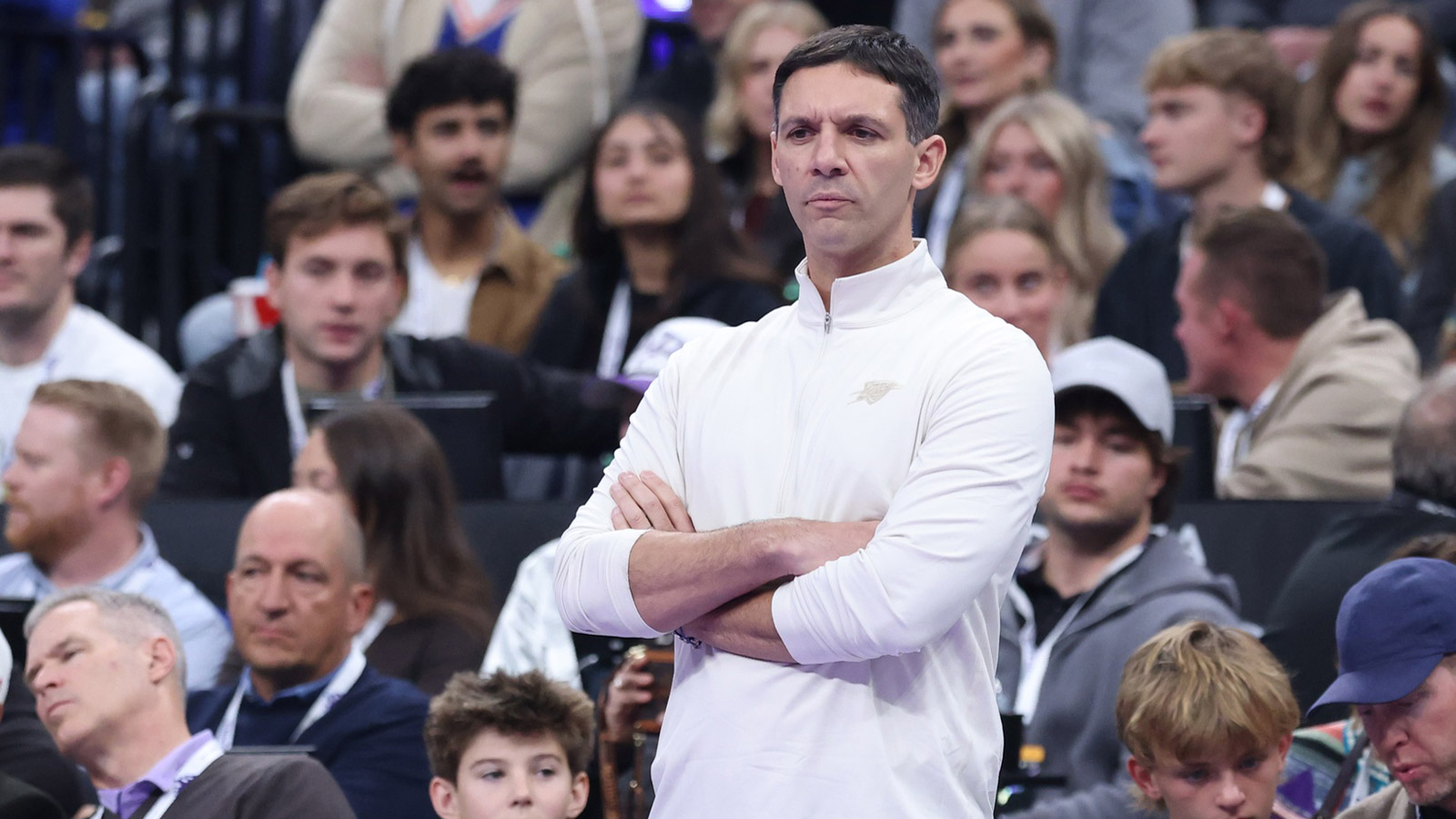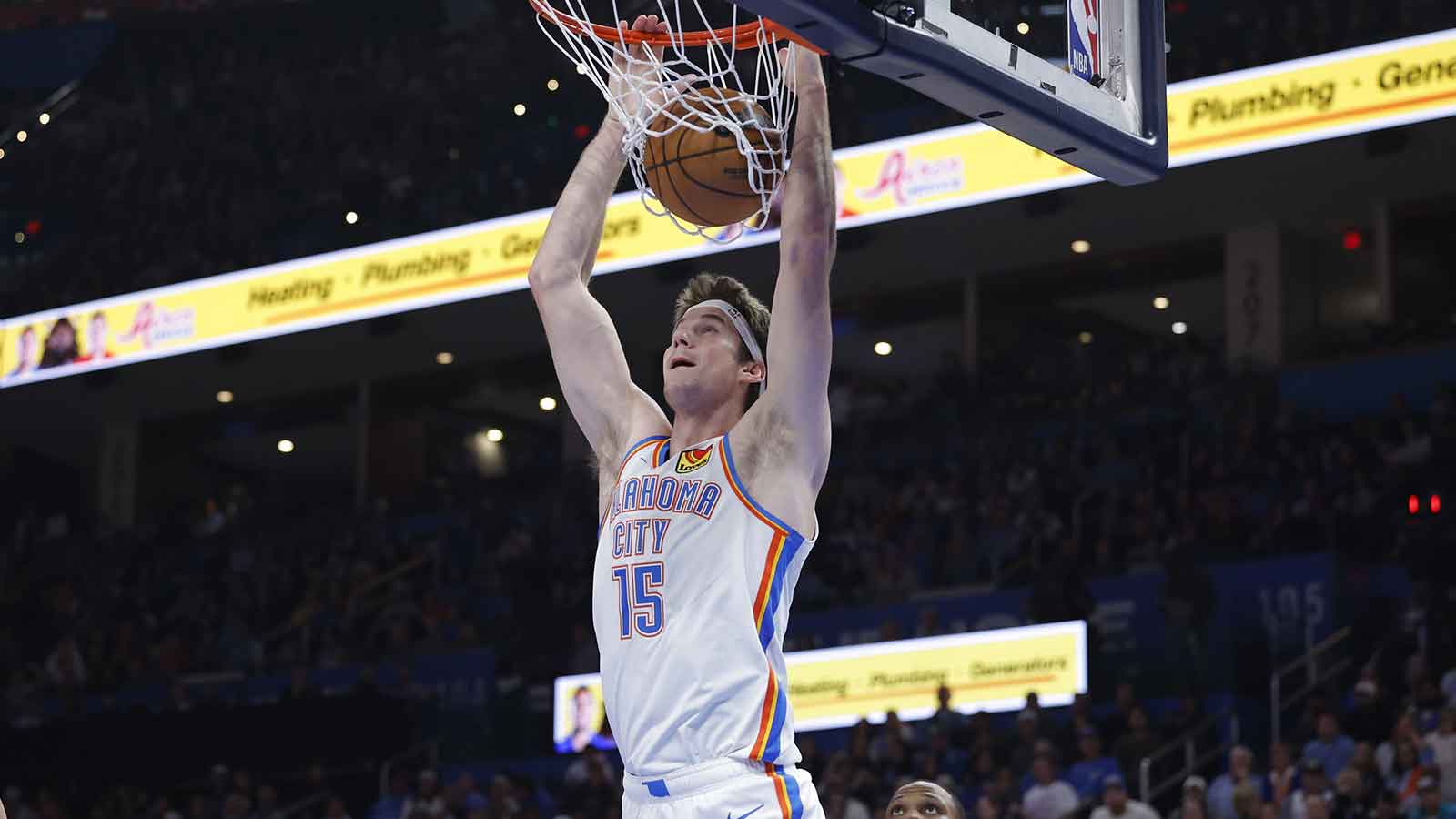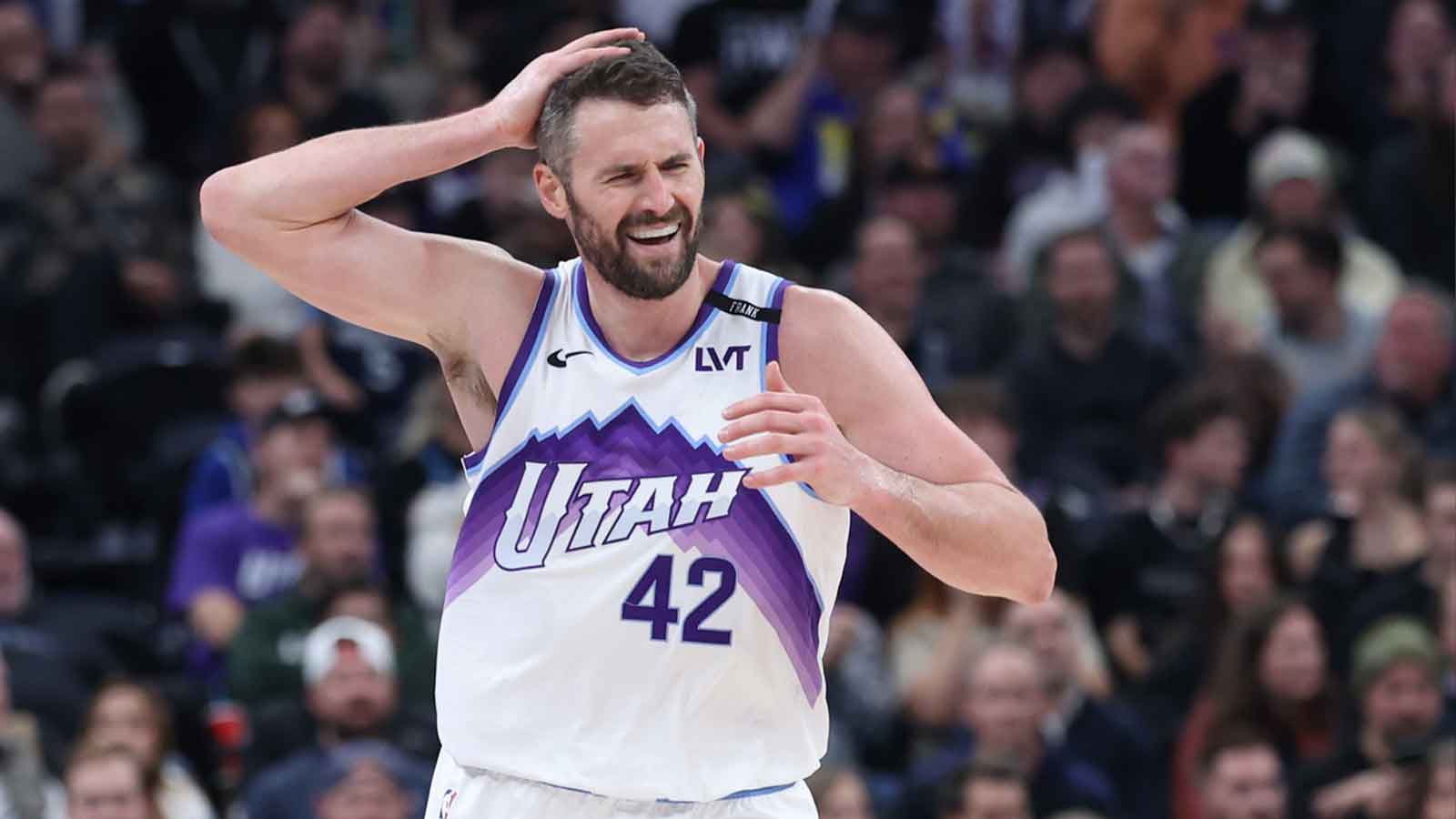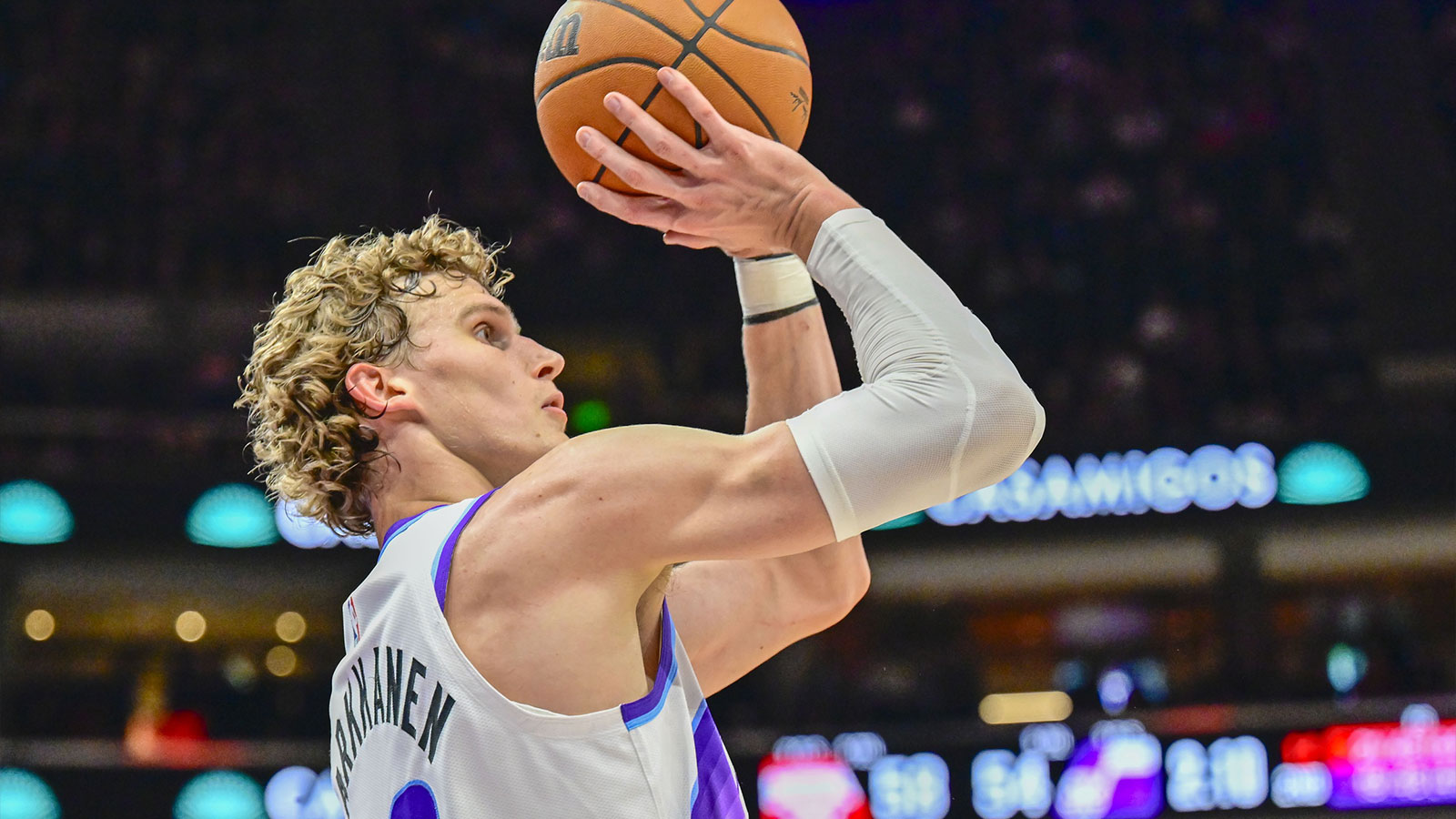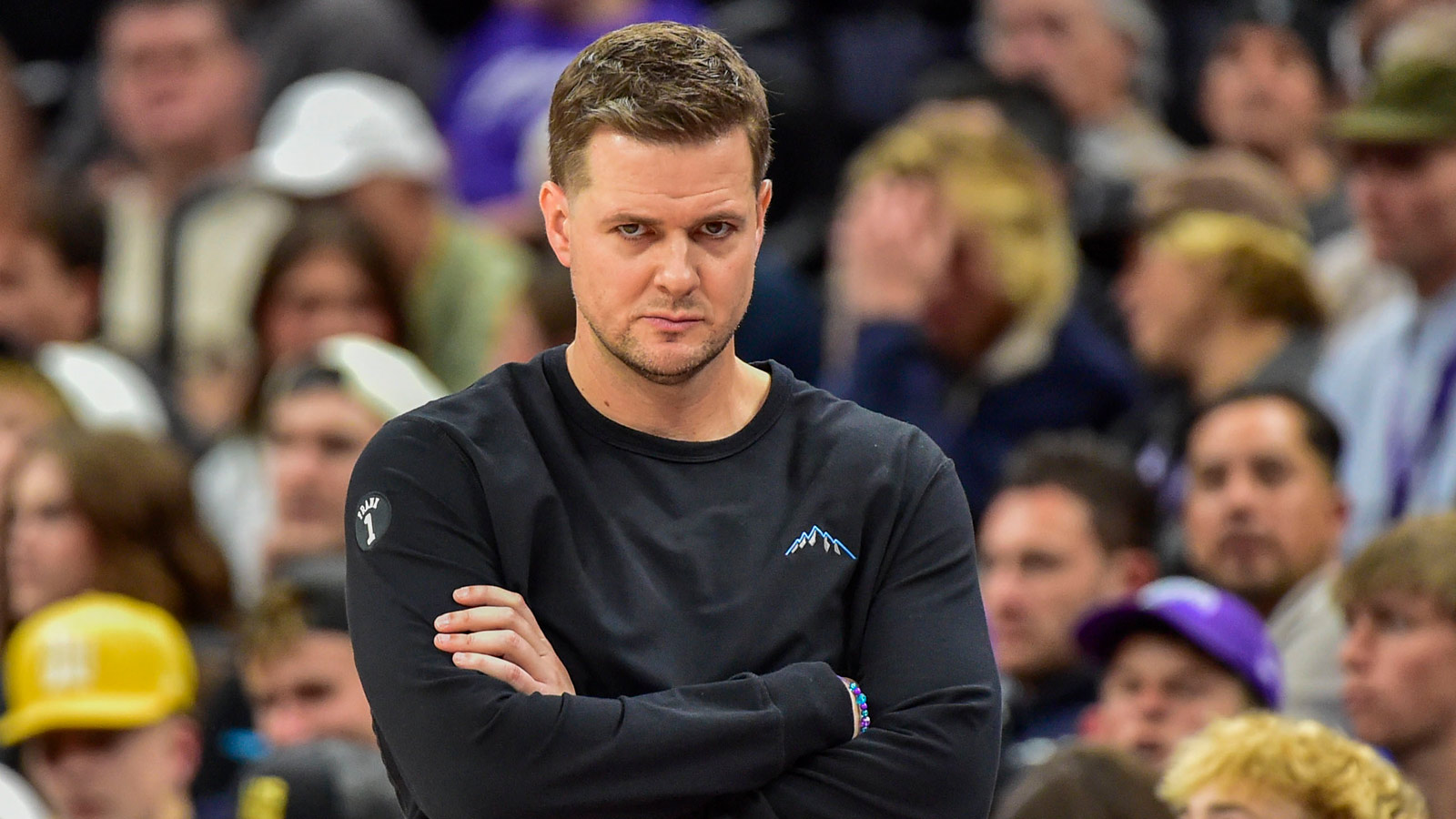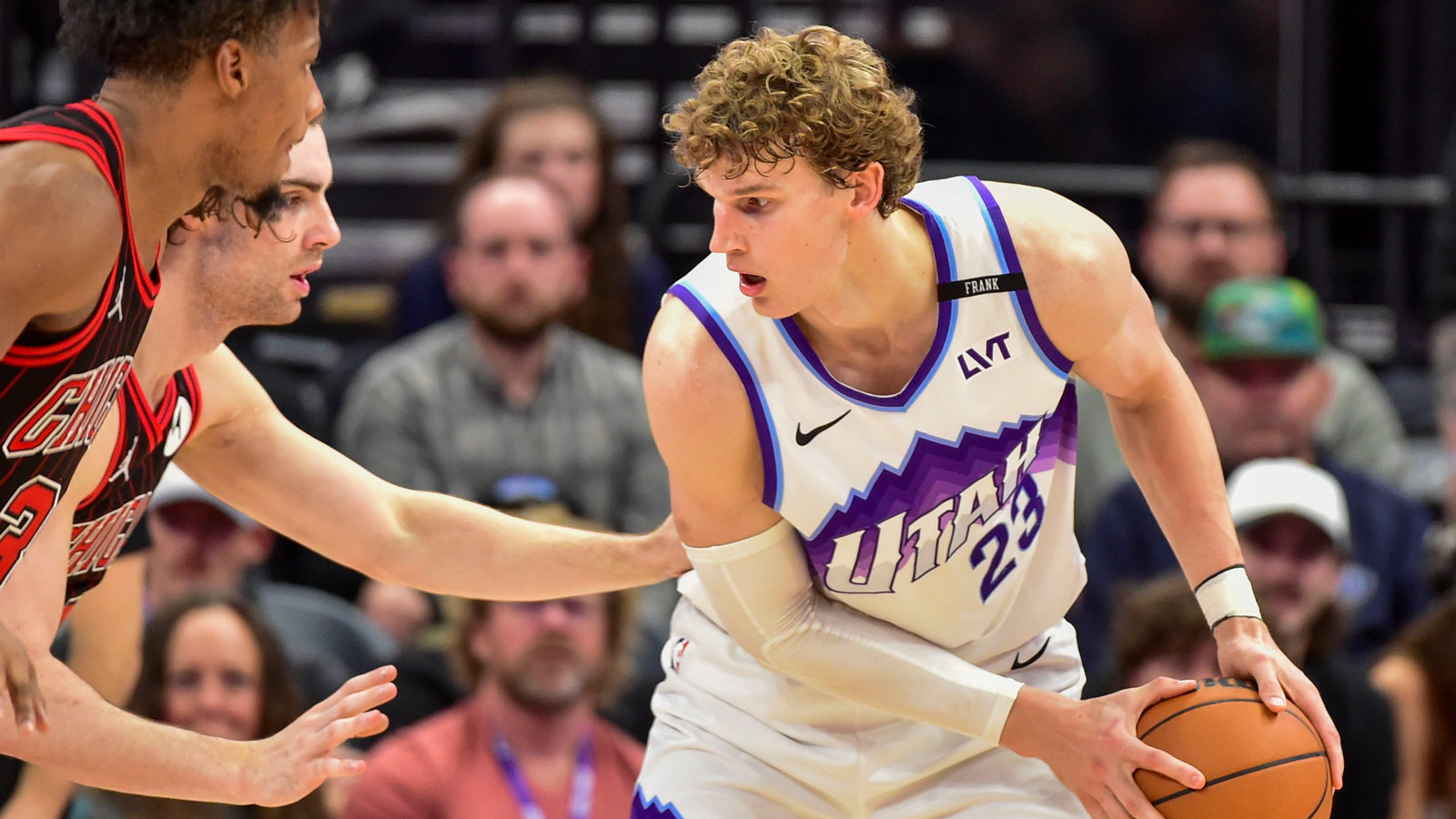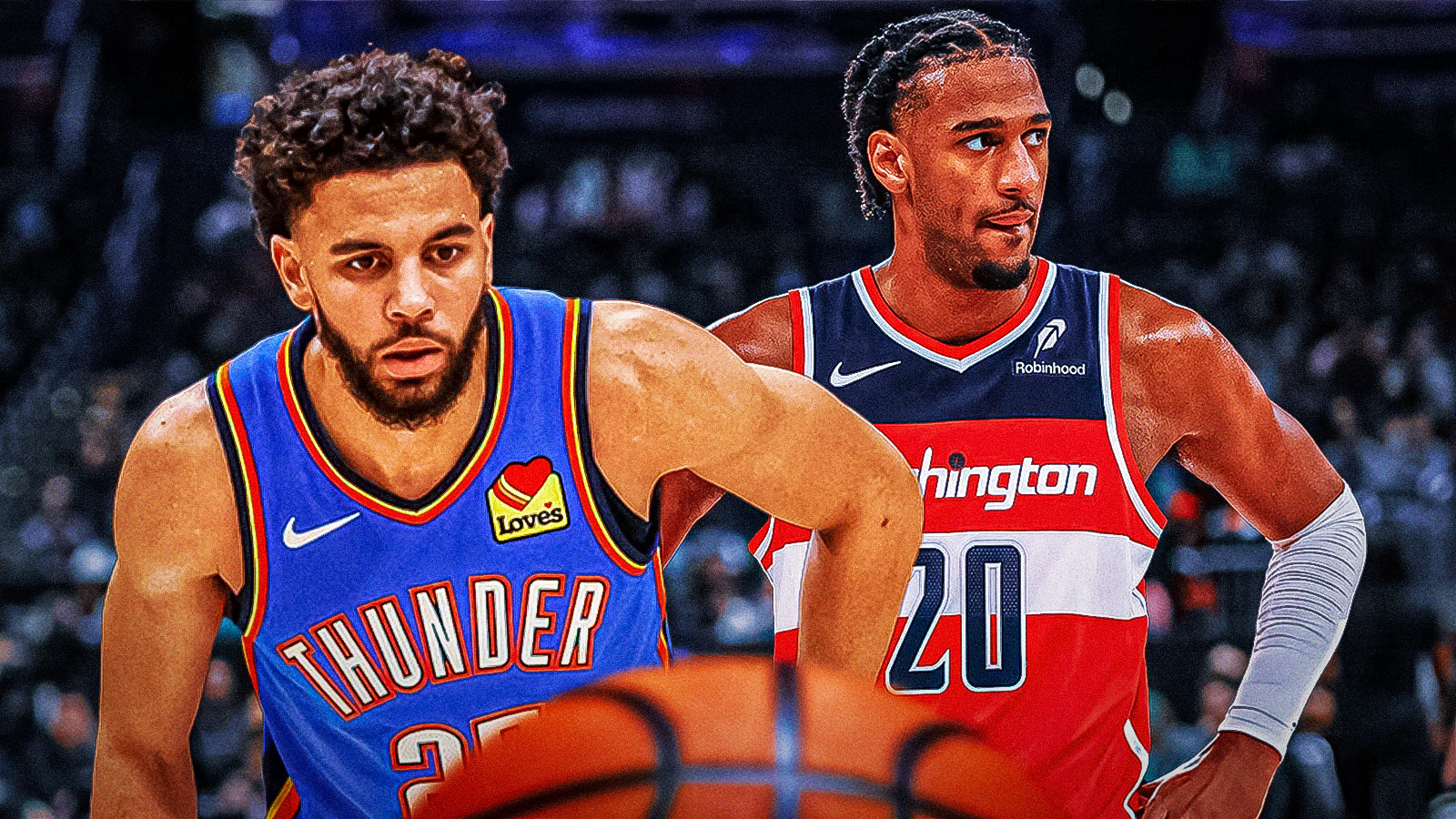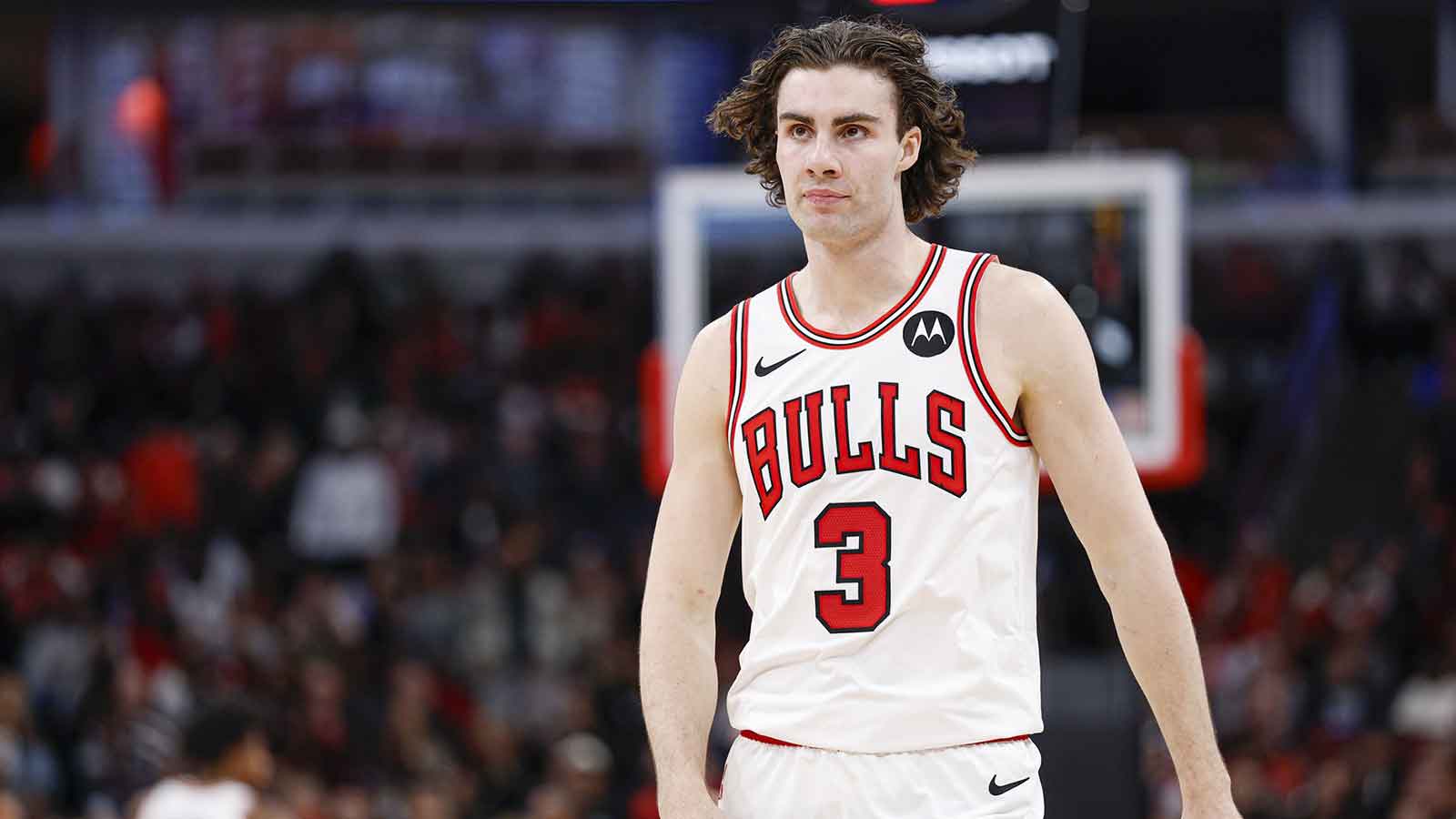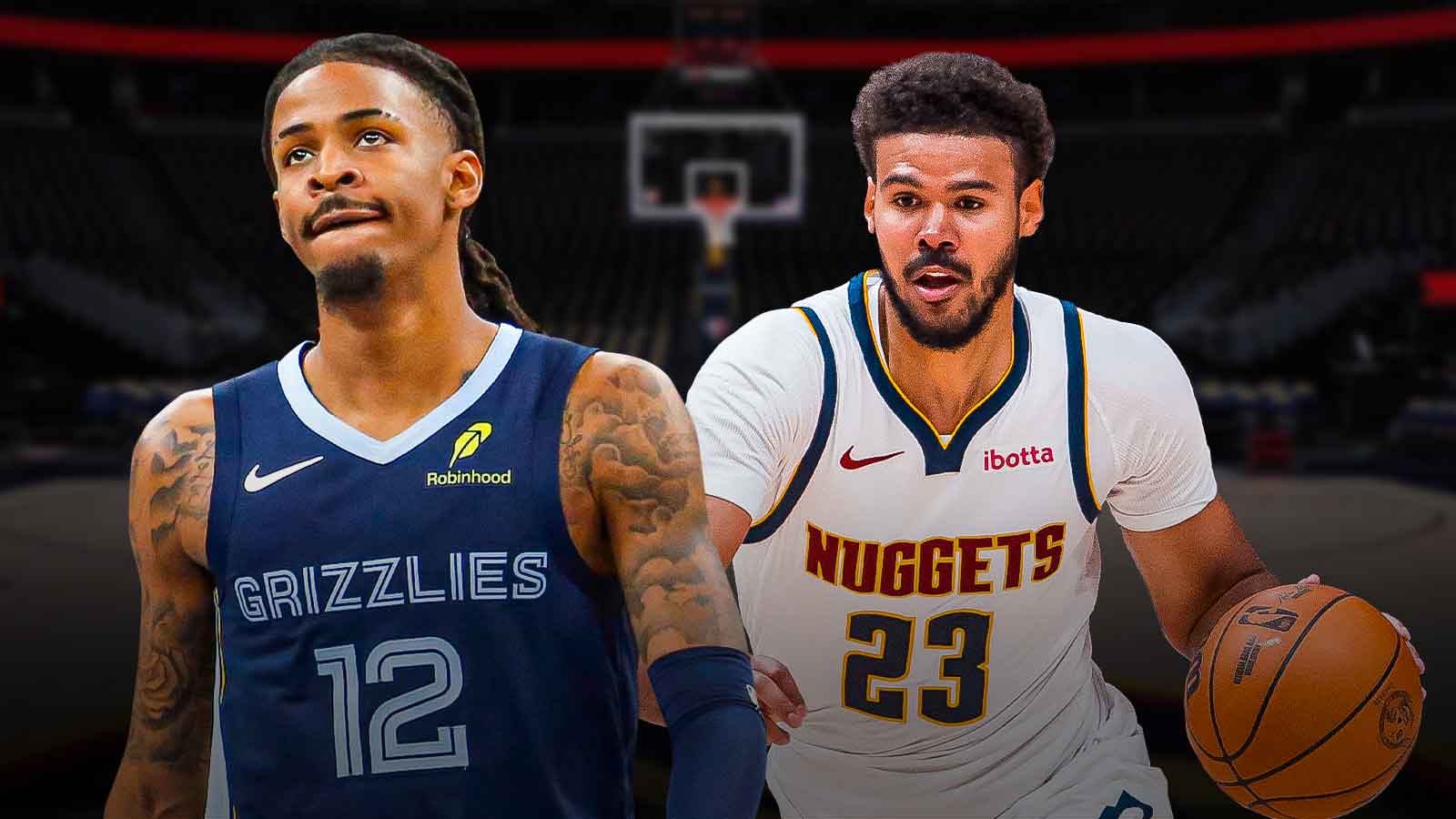The Utah Jazz made their intentions loud and clear this offseason: the rebuild is in full swing. Gone are the veterans who once formed the foundation of the locker room: Jordan Clarkson bought out, Collin Sexton shipped to Charlotte, and John Collins moved in a three-team deal to the Clippers. These weren’t subtle, cosmetic changes. They were sweeping, identity-defining moves designed to create more opportunity for the franchise’s young core and maximize draft capital flexibility in the seasons to come.
In return, Utah didn’t just take back picks or prospects; they acquired functional veterans like Jusuf Nurkić, Kevin Love, and Kyle Anderson. These players serve two purposes: stabilize a roster now dominated by first- and second-year players, and potentially become trade assets themselves down the line.
With the Jazz in asset-accumulation mode, no veteran outside of rookie-scale contracts should feel completely safe. That’s why it’s worth examining three early trade candidates for the 2025-26 season, players who could be shipped out for picks, prospects, or to facilitate bigger deals before the deadline.
Jusuf Nurkić: The reliable big with an expiring clock
When Utah landed Jusuf Nurkić in the Collin Sexton trade, the move was framed as a veteran stabilizer for a young locker room. The 30-year-old center still has plenty left in the tank: he’s a bruiser in the paint, a solid rebounder, and a capable passer out of the high post. But in the context of Utah’s rebuild, Nurkić is less a long-term fit and more a placeholder until a younger big emerges.
Bosnia coach Adis Beciragic calls out Jusuf Nurkic
“Nurkic is out of shape and can barely run.” 😳
(Via @BasketNews_com ) pic.twitter.com/tB849g7nOh
— NBACentral (@TheDunkCentral) August 11, 2025
Nurkic’s presence is especially important for now because the Jazz have several inexperienced frontcourt players still adjusting to the speed and physicality of the NBA. He can anchor defensive schemes, set sturdy screens for developing guards, and keep the offense functional when the game slows down. But by midseason, teams in need of playoff-ready size will almost certainly call.
Possible suitors could include the Dallas Mavericks, the New York Knicks, or the Sacramento Kings if they want to add a more physical interior presence.
For the Jazz, trading Nurkić before the deadline could mean bringing back a late first-rounder or multiple seconds, exactly the type of capital a rebuilding team should be chasing.
Kyle Anderson: The Swiss army knife on borrowed time
Kyle Anderson’s nickname, “Slo-Mo,” has followed him for years, but so has the reputation of being one of the league’s most versatile role players. At 6’9” with elite court vision for a forward, Anderson can initiate offense, guard multiple positions, and fit into almost any system without demanding the ball.
Jazz fans, Kyle Anderson is going to help the young guys
He's an intelligent passer, and is a connective playmaker in various situations
It's yet to be seen how much he will play, but he'll help the Jazz's young players in the minutes he gets pic.twitter.com/FG06dRP1jP
— Jazz Lead (@JazzLead) July 25, 2025
That adaptability is what makes him both a valuable Jazz mentor for the young roster and an inevitable trade chip. For rebuilding teams, players like Anderson have diminishing utility beyond a leadership role. For playoff teams, he’s the perfect glue guy, a steadying force who can defend stars one night and run second-unit offense the next.
Anderson’s skill set is built for postseason basketball: he makes smart decisions, doesn’t get rattled, and consistently impacts the game without needing touches. By February, he could be one of the most sought-after mid-tier trade targets in the league.
From Utah’s standpoint, moving Anderson would be a classic rebuild-era asset flip: sign or trade for a solid veteran, showcase him in a large role, and send him to a contender for picks or a younger project. Given Anderson’s history of elevating playoff teams, Utah could net a protected first or a high-quality second-rounder in return.
Kevin Love: The veteran marksman with championship pedigree
Kevin Love’s arrival in Utah as part of the John Collins trade was, on paper, about bringing championship experience and reliable shooting to a young roster. He can still stretch the floor at an elite level for a big rebound in traffic, and provide spacing that helps guards and slashers operate.
When Kevin Love set an NBA-record with 34 first-quarter points in 2016 🔥 pic.twitter.com/C4ptgE5Jv0
— Fastbreak Hoops (@FastbreakHoops5) August 9, 2025
But Love is 36, and while he can help guide Utah’s young frontcourt players, he has little long-term overlap with the team’s timeline. For the Jazz, Love is both a short-term floor-spacer and a trade asset with postseason credibility.
Teams like the Phoenix Suns, Denver Nuggets, or Philadelphia 76ers could see him as the final frontcourt piece for a title push. His salary, while not tiny, is movable, and Utah could package him with another player to return a higher draft pick or intriguing prospect.
The Jazz’s best-case scenario is to give Love consistent minutes early, boost his trade value, and move him to a contender before the deadline while securing additional assets.
Why moving these veterans matters for Utah
In a rebuild, roster spots are as valuable as draft picks. The Jazz currently have a logjam between young players needing minutes and veterans holding rotation roles. Nurkić, Anderson, and Love all serve as excellent mentors, but by February, their highest value may be the return they generate on the trade market.
The Jazz’s 2025-26 season isn’t about chasing playoff seeding: it’s about development, asset growth, and setting the foundation for the next competitive window. Jusuf Nurkić, Kyle Anderson, and Kevin Love are all respected veterans who can help the young core learn how to play winning basketball.
But in a rebuilding year, their ultimate value might come not from what they provide on the court for Utah, but from the draft picks and young players they could bring back in trades.
Expect Danny Ainge and the front office to listen to offers early and often. If the market is right, all three could be wearing different jerseys by the time the trade deadline dust settles, and that would be a sign that the Jazz’s rebuild is proceeding exactly as planned.

